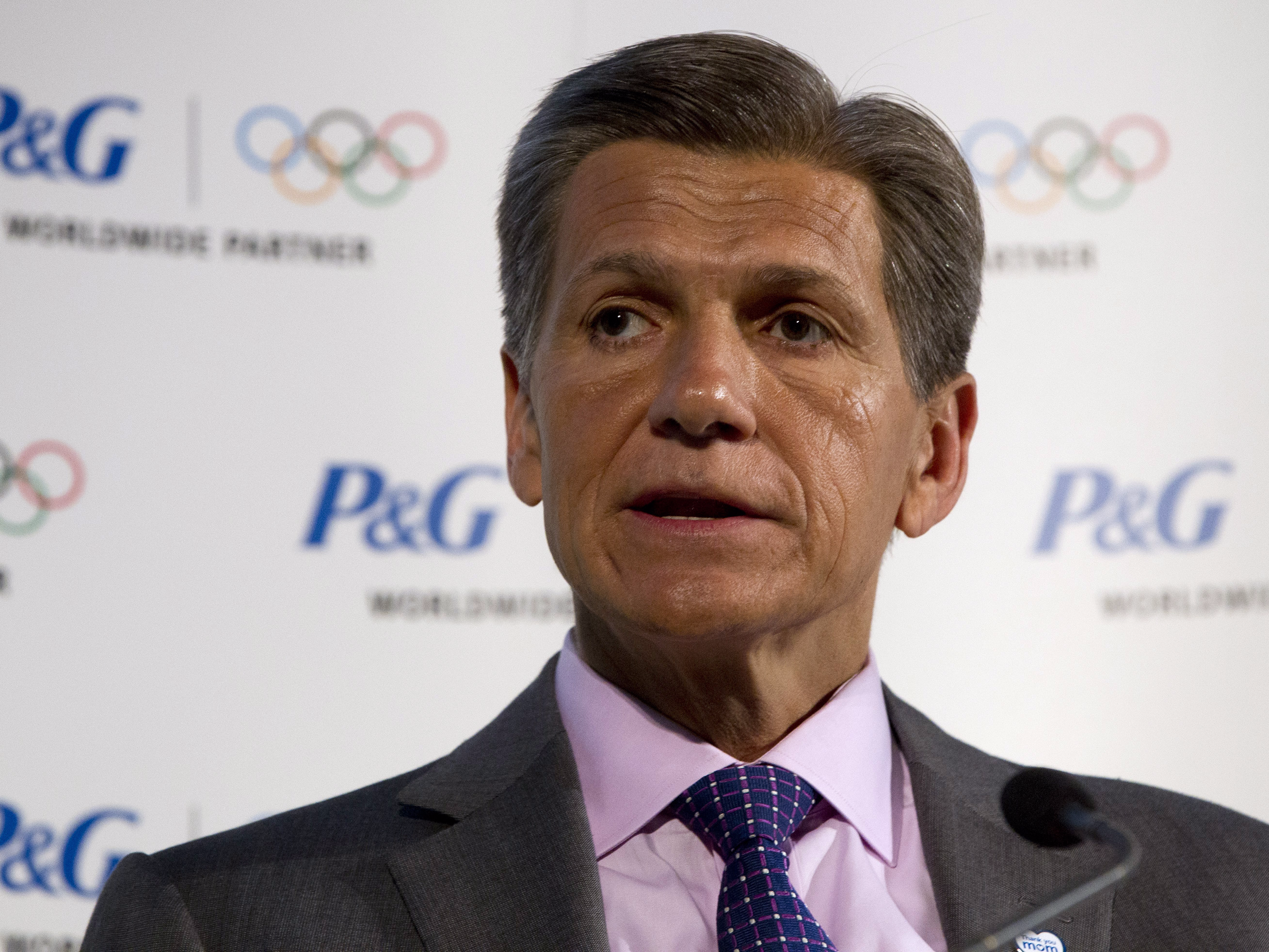- Advertising agencies are under threat as more marketers take programmatic media buying in-house.
- According to a new ad industry report, more than 35% of respondents said they had expanded their in-house programmatic media-buying capabilities, up from 14% in 2016.
- Advertisers are also getting savvier, taking charge of programmatic strategy and costs. But brand safety remains a concern.
The role of media agencies has never been more in doubt, if a new report by the Association of National Advertisers is anything to go by.
More than 35% of companies that responded to a new ANA survey said they had expanded their in-house programmatic media-buying capabilities and limited the role of outside agencies, up from 14% in 2016. Programmatic buying lets advertisers purchase digital ads online algorithmically through a bidding system in real time.
“It’s clear that a growing number of marketers are taking increasing control of their media investments,” ANA CEO Bob Liodice said. “They’re making important changes to their programmatic buying practices to address media transparency concerns.”
Specifically, marketers are moving sensitive responsibilities in-house and getting smarter about their programmatic decisions, according to Liodice. Sixty-nine percent of the 149 respondents, for instance, said they handled the strategy for their campaigns and contracts internally, leaving the execution up to their agencies.
The report is in line with current trends, with a growing roster of brands including Sprint, Allstate, StubHub, Unilever, and Netflix taking some digital and programmatic ad buying in-house in recent years. Others, like Procter & Gamble, have gone as far as to slash their programmatic investments. It's the latest example of pressure mounting on the classic ad agency model, with the brands looking to exert more control over their first-party data and avoid high agency and vendor fees.
Programmatic is intended to let advertisers target their audiences better, build greater reach, and optimize their ads and spends in real-time. But marketers have been motivated to take things into their own hands by prevailing issues of ad fraud in the digital advertising industry, where clicks on digital ads and traffic can be generated fraudulently by bots.
And they seem to be getting savvier with how they tackle these issues, which came to a head when the ANA released a bombshell report on kickbacks in the ad industry in 2016.
Only 19% of the respondents (versus 34% last year), for example, said they had opted in for an undisclosed programmatic model with their agencies. In such a model, advertisers see only the final price they are being charged rather than the actual winning price that their digital ads were bid for online, giving rise to nontransparent agency margins and fees.
Further, most brands said they had one member of their marketing team dedicated completely to dealing with their programmatic initiatives and three others working on their programmatic initiatives apart from their other responsibilities.
But while marketers are taking charge on issues of fraud and transparency, an overwhelming majority still remain concerned about brand safety, instances in which their ads end up next to questionable content online. Seventy-eight percent of the respondents said they were either concerned or very concerned about brand-safety issues in programmatic media buying.
This is not a surprise, said Todd Krizelman, the CEO and cofounder of the ad analytics platform MediaRadar.
"With a growing chorus raising the volume on brand safety concerns, we saw a 17% decline year-over-year in programmatic ad placement in June," he said. "While programmatic ad placement is now rebounding, brands are being more careful in where they deploy their ads. Emphasis on private market place buys is increasing."

